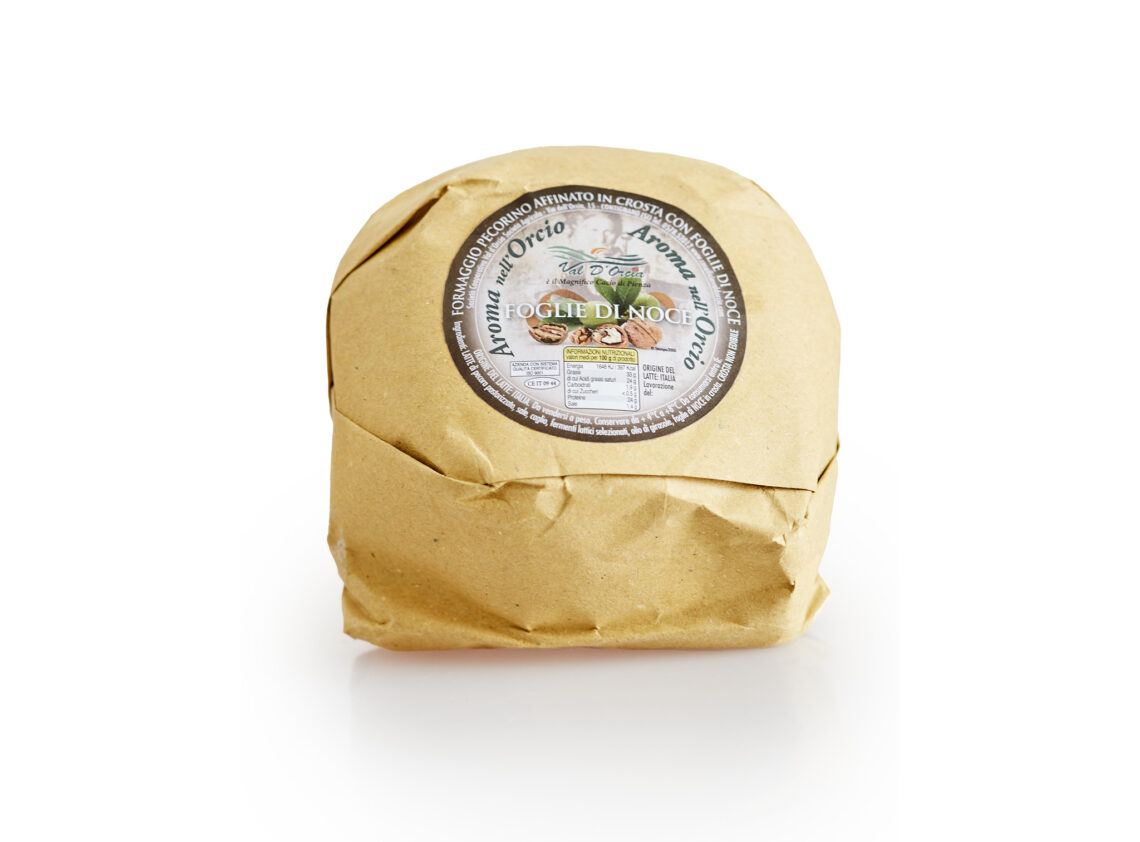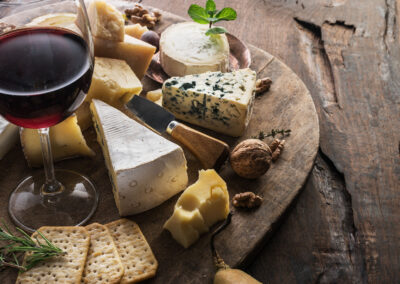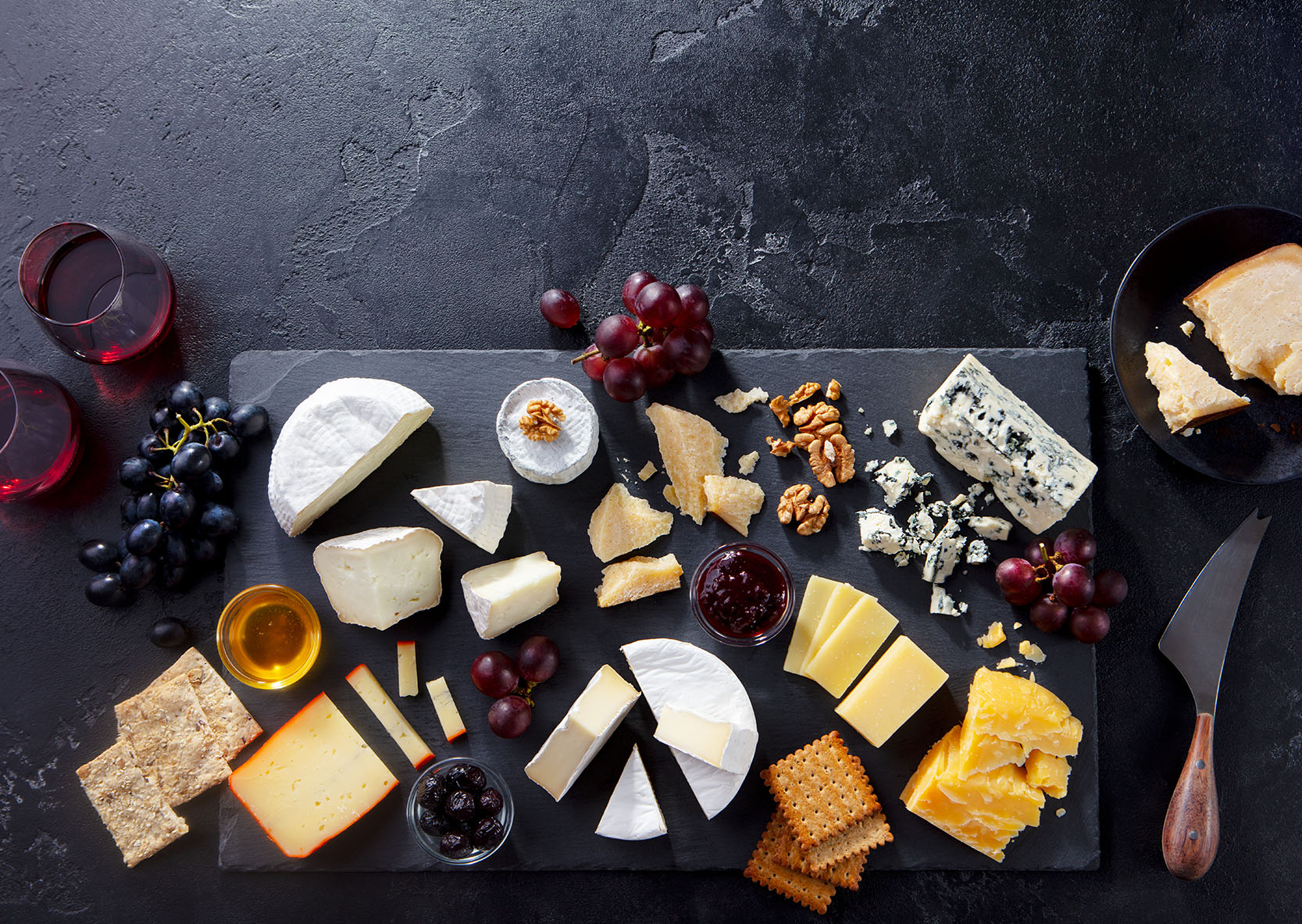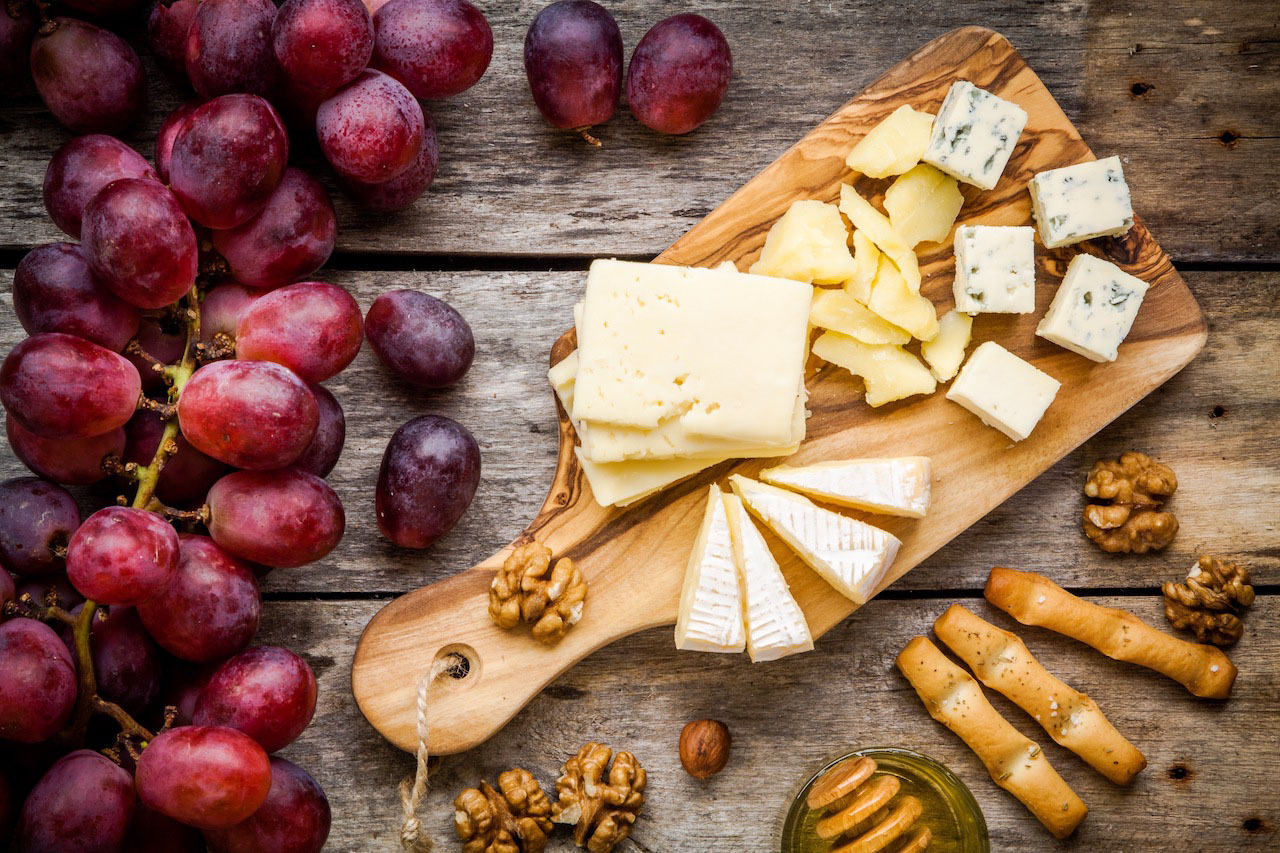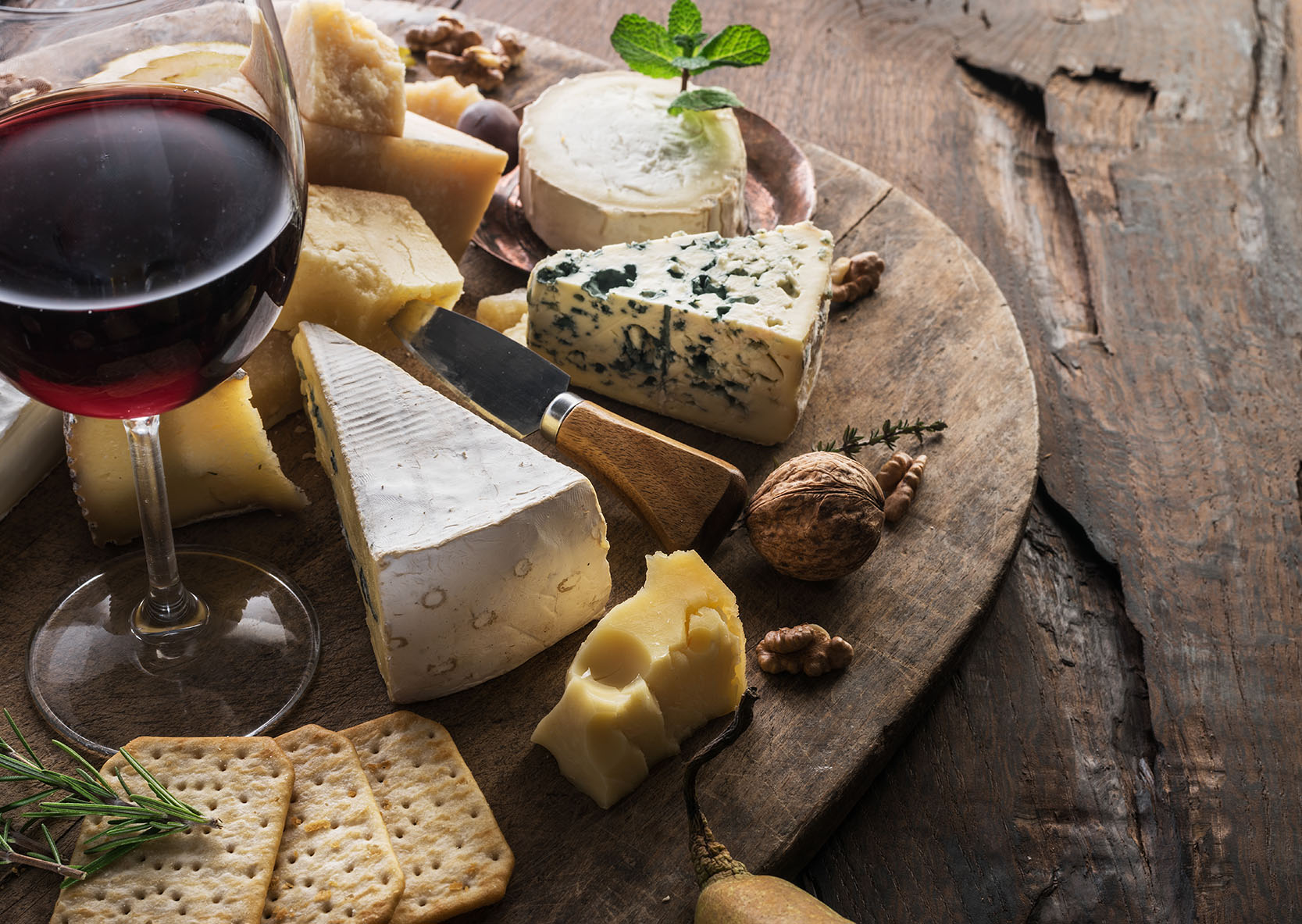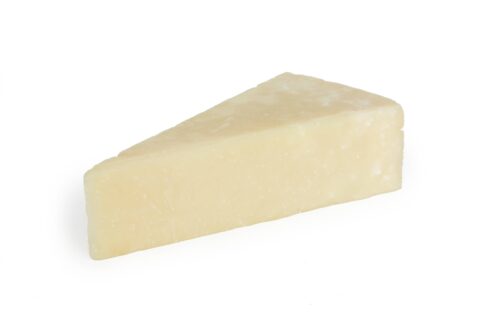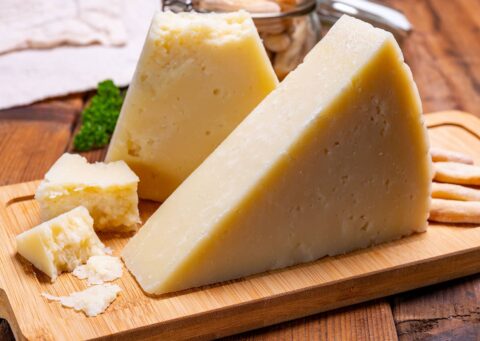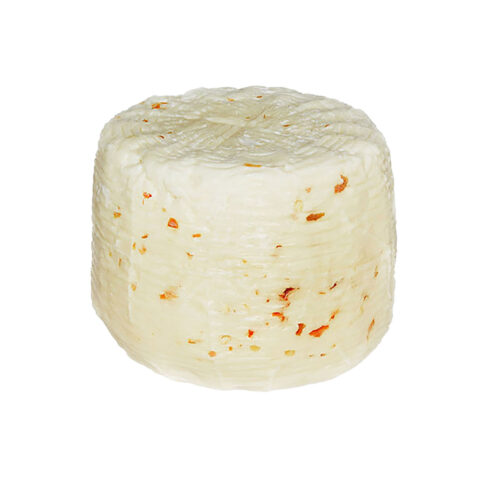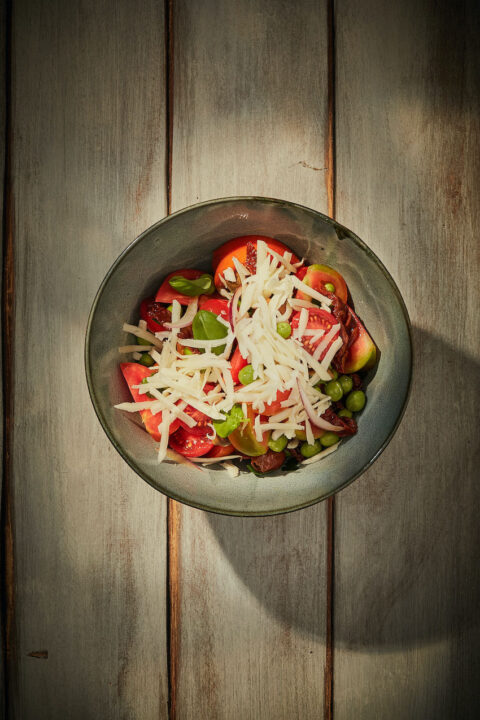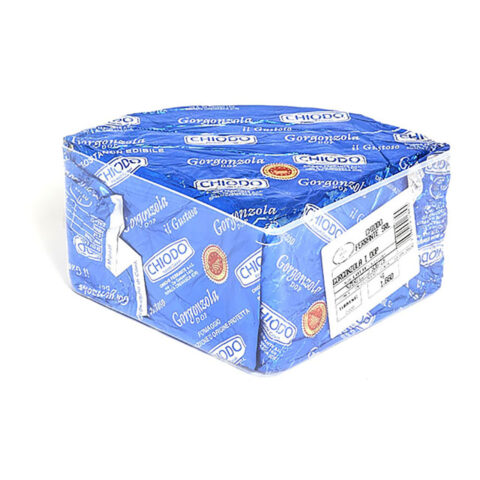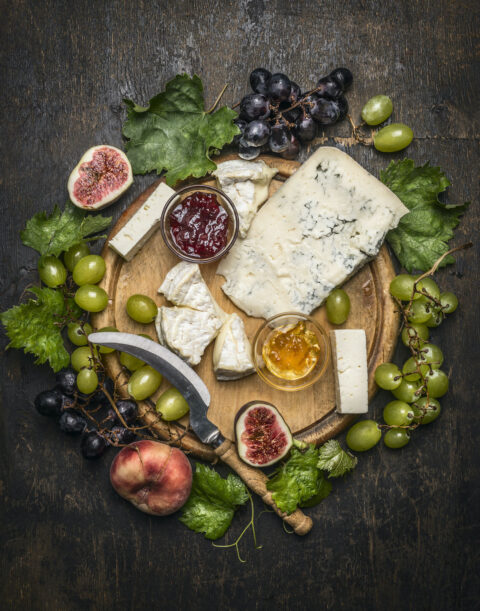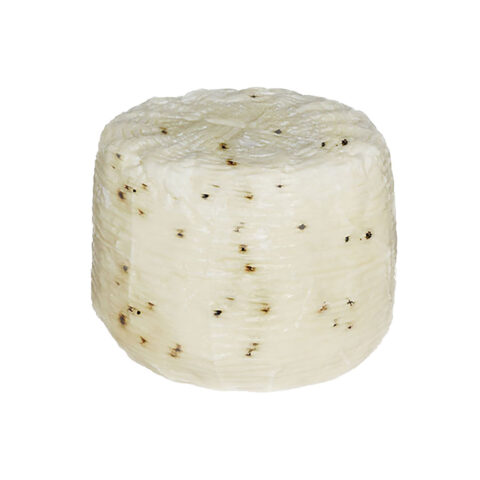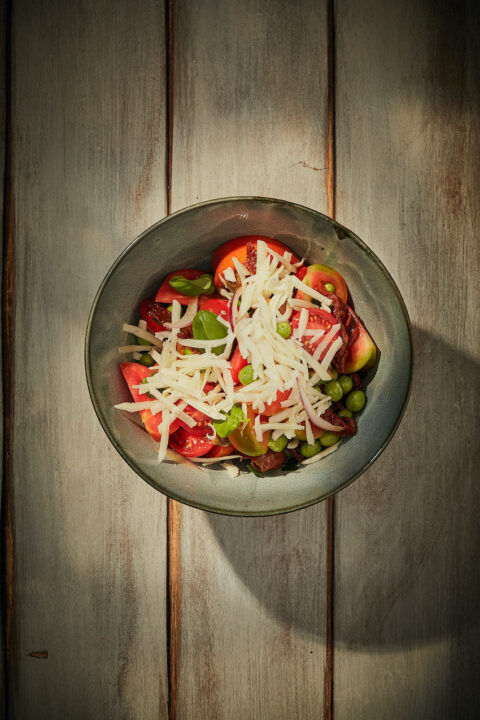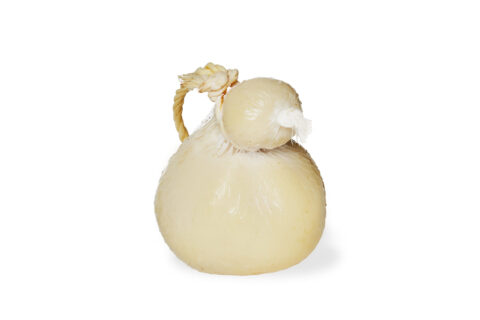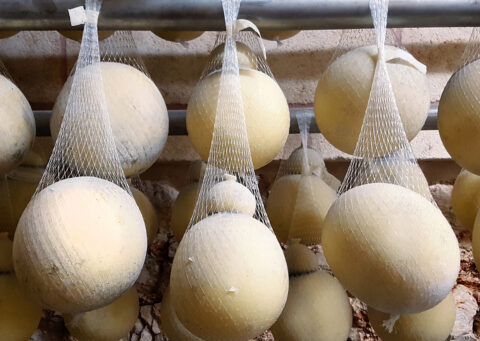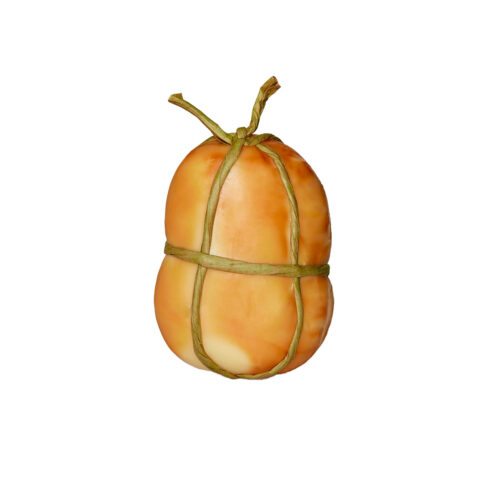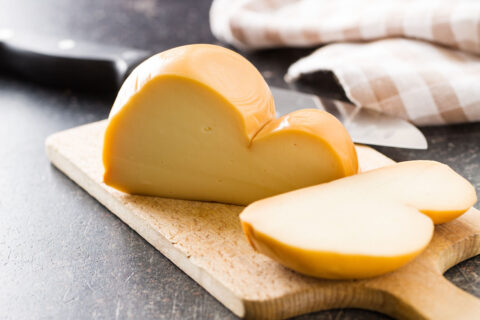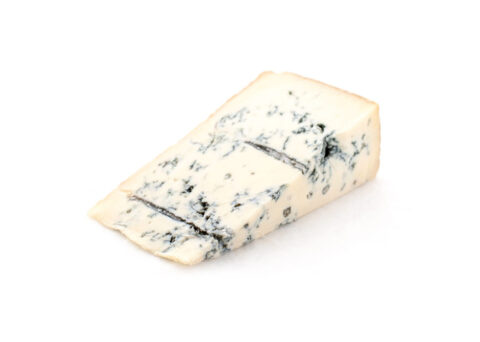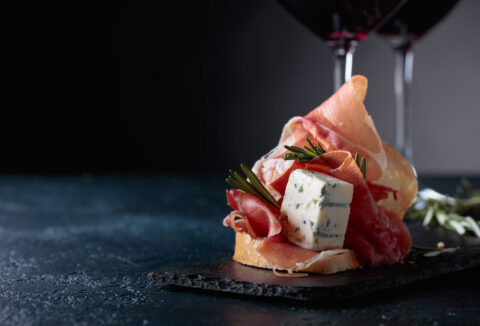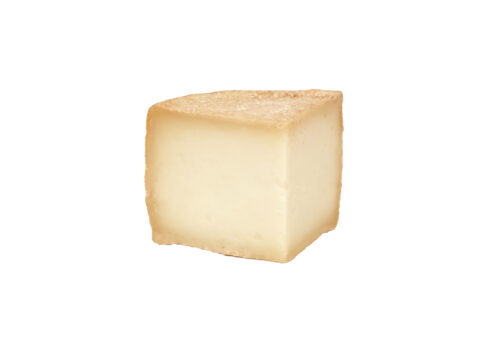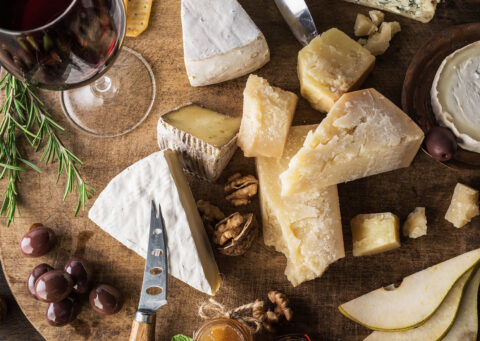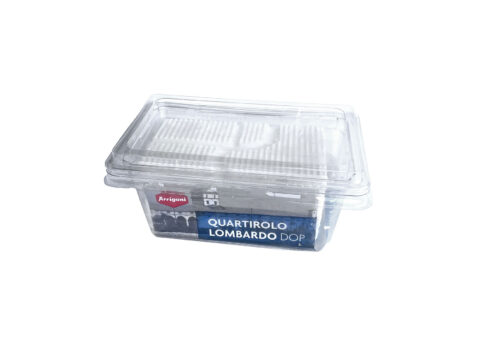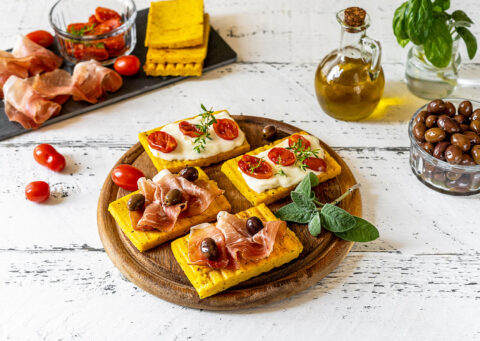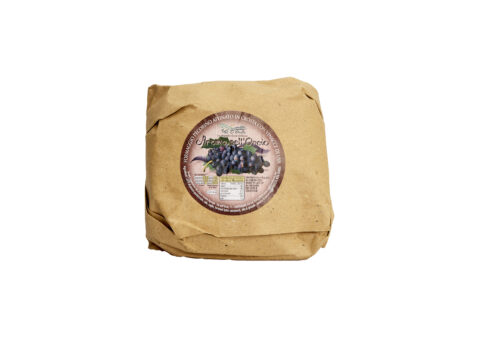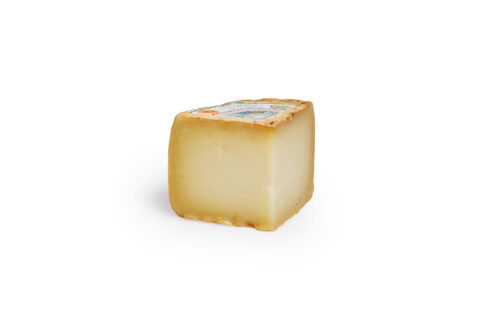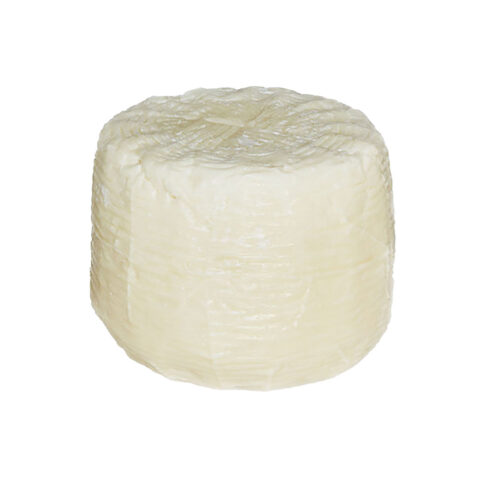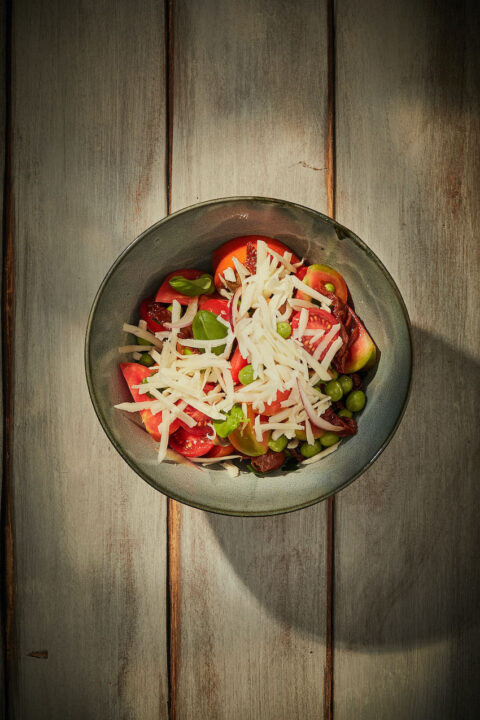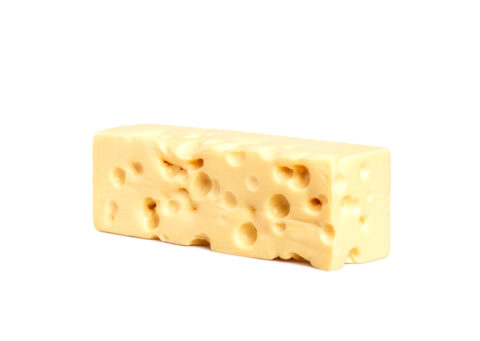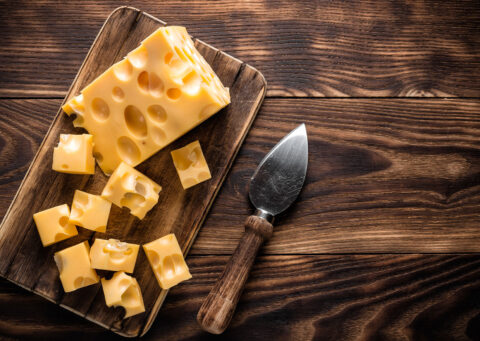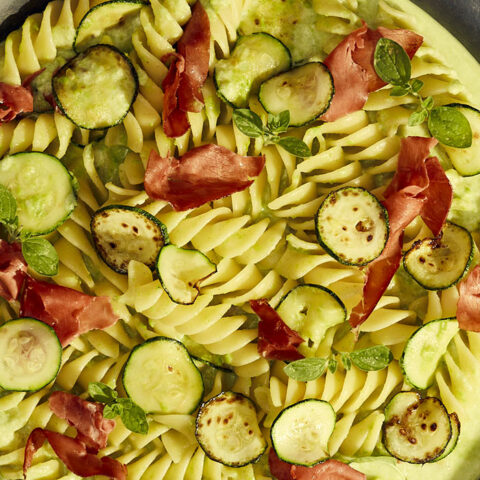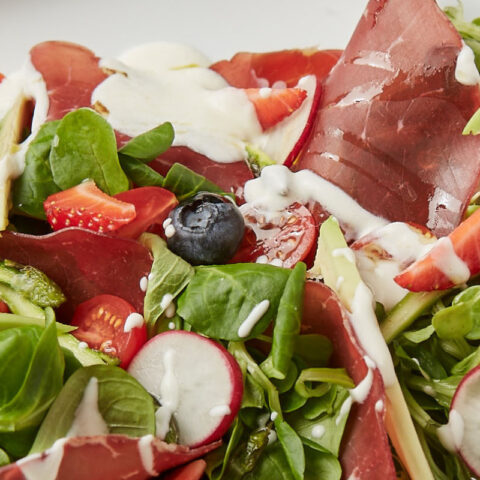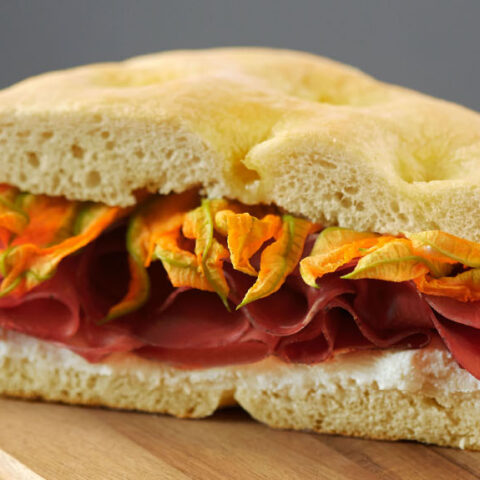Clean a zucchini, cut it into small pieces and boil it in salted water. At the end of cooking, drain the zucchini and put it in the bowl of the minipimer adding oil, a cup of cold water and blend until it becomes a cream. Keep it aside. Cut the remaining zucchini into...
FOGLIE DI NOCE CHEESE
€20,90
FAST SHIPPING
SAFE PAYMENTS
Foglie di Noce cheese is a type of Pecorino ripened in walnut leaves, traditionally made in the province of Siena, in particular in the town of Montefollonico.
The rind is the trait that most distinguishes this cheese: hard, straw-coloured and characterised by a walnut scent of undergrowth. The paste has also a firm and compact texture and is white-coloured. As the name suggests, this cheese is made from 100% Italian sheep’s milk.
The product is delivered vacuum-packed and wrapped with string, which makes it also suitable as a gift.
Ingredients
Pasteurised sheep’s milk, salt, rennet, selected milk enzymes, sunflower oil, crusted walnut leaves. Non-edible rind. Milk origin: Italy
Ingredients
Pasteurised sheep’s milk, salt, rennet, selected milk enzymes, sunflower oil, crusted walnut leaves. Non-edible rind. Milk origin: Italy
Food expiration
Conservation tips
NUTRITIONAL VALUES
RELATED PRODUCTS
HOW TO TASTE IT BEST
Foglie di Noce cheese is richly flavoured so it is suitable to savour sauces, soups and stews, or grate onto mixed salads, meat carpaccio or butter and sage stuffed ravioli. Thanks to its unique flavour, it is excellent as an aperitif on a charcuterie board with mixed sliced meats, such as Pork Bresaola or Cured Ham, with a glass of good wine, such as red ones from Val d' Orcia.
PROCESSING STEPS
The ripening process involves very specific stages that are crucial to achieve the perfect cheese. It all begins with the careful harvesting of walnut leaves, which must be large enough and not dry. Then, after an initial ripening phase, Pecorino is left to mature between layers of walnut leaves for at least 90 days.
HISTORICAL BACKGROUND
According to some legends, this cheese was created by mistake by sharecroppers and shepherds. In fact, in an attempt to hide the cheese from the owner in order not to share it, the shepherds placed the cheese inside terracotta bowls and covered them with walnut leaves to make them less visible. Actually, this is a very ancient storing technique. In fact, shepherds used walnut leaves to wrap cheese moulds when cold rooms didn't exist. This technique made it possible to protect the cheese from external agents, slow down dehydration and preserve the moulds for a longer time. Moreover, this also allowed to extend the shelf life of the product since it took longer to mature. This ingenious technique allowed cheesemakers to obtain a high-quality product despite the limited means available. Today, this type of preservation has become a characteristic maturing method that gives Pecorino a strong and decisive flavour as well as a special taste.
COOKING TIPS
Bresaola with fruit and vegetable salad
For asparagus Cut the asparagus into julienne strips. Place them in a bowl and add 1 tablespoon of extra virgin olive oil, the juice of half a lemon, salt and mix. For the dressing In a bowl add the low-fat yogurt, 1 tablespoon of extra virgin olive oil, salt and...
Focaccia with bresaola, zucchini flowers and goat cheese
Mix flour and beer, and dip the zucchini flowers in the batter. In the meatime, heat oil in a deep pan and, once it has reached the temperature of 180°, place the battered zucchini flowers in it. Once they start to golden, take them out and place them on absorbing...
